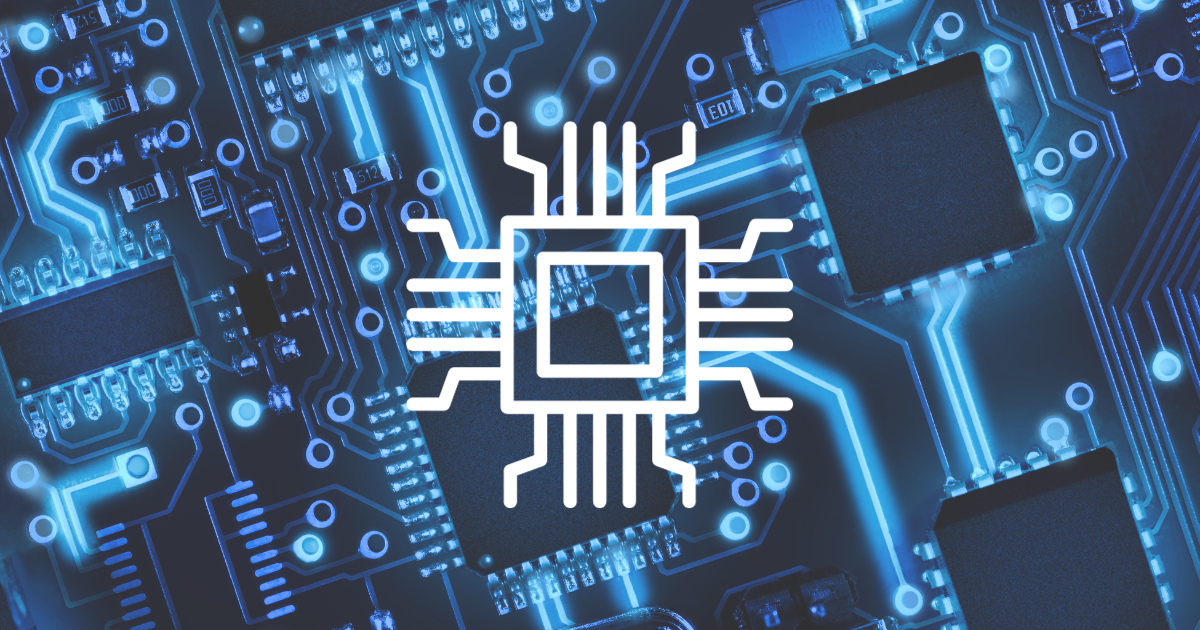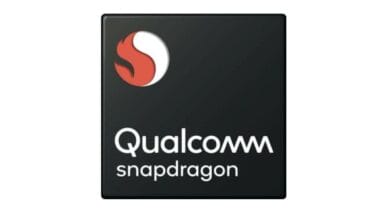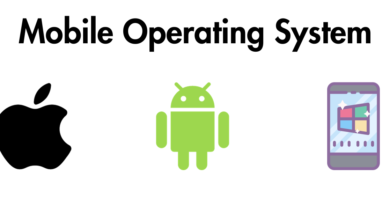What is Mobile Chipset? (Everything You Need To Know About)

Mobile chipsets play a crucial role in the functioning of smartphones and other mobile devices. They serve as the foundation of the device hardware, providing a core set of functions ranging from cellular communication to power management.
In this comprehensive guide, we will explore what mobile chipsets are, how they work, and their significance in the world of smartphone hardware.
What are Mobile Chipsets?
A mobile chipset, also known as a System-On-Chip (SoC), is a silicon-based integrated circuit that serves as the central processing unit (CPU) for a mobile device.
It combines various components, including the processor, memory controller, graphics processing unit (GPU), and connectivity modules, into a single chip.
This integration allows for efficient communication and power management, making mobile chipsets an essential part of modern smartphones.
The Role of OEMs and Chipset Vendors
Smartphone Original Equipment Manufacturers (OEMs) act as system integrators, customizing and configuring the chipset to meet their specific device requirements.
Chipset vendors, such as Qualcomm, Samsung, and MediaTek, provide reference software platforms that serve as the foundation for developing the device’s software. These platforms can be Android, Windows Phone, or other operating systems.
Major Chipset Vendors
The smartphone industry is dominated by major chipset vendors, each offering its own range of chipsets. Some of the prominent players in the market include:
- Qualcomm: Known for its Snapdragon series of chipsets, Qualcomm is a leading provider of mobile processors and wireless communication technologies.
- Samsung: Samsung’s Exynos chipsets are widely used in their flagship smartphones, offering high performance and energy efficiency.
- MediaTek: MediaTek provides a range of chipsets catering to different segments of the smartphone market, from budget-friendly devices to high-end smartphones.
- Apple: Apple designs their own chipsets, such as the Apple A-series, specifically tailored for their iPhones and iPads.
In-Depth Dive About Mobile Chipset
Core Components
A mobile chipset consists of several key components that work together to enable the functioning of a smartphone. Let’s take a closer look at each of these components:
Processor
The processor, often referred to as the Central Processing Unit (CPU), is the brain of the mobile chipset. It executes instructions, performs calculations, and manages the overall operation of the device.
Processors are typically based on the ARM architecture, which provides a balance between performance and power efficiency.
Graphics Processing Unit (GPU)
The GPU is responsible for rendering graphics and images on the smartphone’s display. It handles tasks related to gaming, video playback, and graphical user interfaces.
High-performance GPUs allow for smooth and immersive gaming experiences on mobile devices.
Memory Controller
The memory controller manages the device’s memory, including RAM (Random Access Memory) and storage. It ensures efficient data transfer between the processor and memory, enabling fast and seamless multitasking.
Connectivity Modules
Mobile chipsets incorporate various connectivity modules, such as cellular modems, Wi-Fi, Bluetooth, and NFC (Near Field Communication).
These modules enable wireless communication, allowing users to connect to cellular networks, Wi-Fi hotspots, and other devices.
Power Management Unit (PMU)
The Power Management Unit (PMU) is responsible for regulating power consumption and optimizing battery life. It monitors power usage and adjusts voltage levels accordingly, ensuring efficient energy utilization.
Peripheral Interfaces
Mobile chipsets also provide interfaces for connecting peripheral devices, such as cameras, sensors, and audio devices. These interfaces enable seamless integration of various hardware components, enhancing the functionality of the smartphone.
Mobile Chipsets in Action
Customization by OEMs
OEMs play a crucial role in customizing and configuring the reference software platform provided by chipset vendors. They add their own software layer, known as the user interface (UI), on top of the reference platform.
This customization allows OEMs to differentiate their devices and provide unique features and functionalities.
Operating Systems and Chipsets
Mobile chipsets are compatible with various operating systems, including Android, iOS, and Windows Phone. The chipset vendor provides a reference software platform for each operating system, which serves as a foundation for developing device-specific software.
This compatibility ensures that smartphones running on different operating systems can utilize the same chipset.
Performance and Efficiency
Mobile chipsets are designed to provide a balance between performance and power efficiency. The integration of multiple components into a single chip reduces power consumption and heat generation, resulting in longer battery life and improved device performance.
Advancements in Chipset Technology
The mobile chipset industry is constantly evolving, with advancements in technology driving innovation. Chipset vendors are continuously improving the performance, power efficiency, and connectivity capabilities of their chipsets.
This enables the development of more powerful smartphones, capable of handling demanding tasks and delivering immersive user experiences.
Frequently Asked Questions (FAQs)
- Q: What is the primary function of a mobile chipset?
- A: A mobile chipset serves as the central processing unit (CPU) for a mobile device, providing core functions such as cellular communication, power management, and connectivity.
- Q: Which are the major chipset vendors in the smartphone industry?
- A: Major chipset vendors include Qualcomm, Samsung, MediaTek, and Apple.
- Q: How do OEMs customize chipsets?
- A: OEMs customize chipsets by adding their own software layer, known as the user interface (UI), on top of the reference software platform provided by the chipset vendor.
- Q: What is the significance of mobile chipsets in battery life?
- A: Mobile chipsets incorporate power management units (PMUs) that regulate power consumption, optimizing battery life and energy efficiency.
- Q: Are mobile chipsets compatible with different operating systems?
- A: Yes, mobile chipsets are compatible with various operating systems, including Android, iOS, and Windows Phone.
These are just a few of the common questions related to mobile chipsets. If you have any specific queries, feel free to reach out to us for more information.
Mobile chipsets are the backbone of modern smartphones, providing the necessary hardware and functionality for these devices to operate.
They integrate multiple components into a single chip, allowing for efficient communication and power management. Chipset vendors collaborate with OEMs to customize and configure chipsets, enabling device-specific software development.
As technology continues to advance, mobile chipsets will play an increasingly vital role in shaping the future of smartphones and mobile computing.



